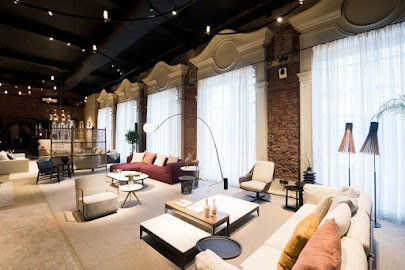Thomas House
Thomas House, often referred to as Thomas Fort, is one of
the lesser-known historical structures in Mumbai, India. Its history is
intertwined with the colonial era of Mumbai, formerly known as Bombay.
*Historical Background:*
- *Portuguese Period:* Mumbai was initially a collection of
seven islands under the control of various indigenous rulers before the
Portuguese took control in the 16th century. The Portuguese built numerous
forts and structures to protect their interests.
- *British Era:* In 1661, Bombay was given to the British as part of Catherine of Braganza's dowry when she married King Charles II of England. The British East India Company took over the administration and started fortifying the region to safeguard against other colonial powers and local threats.
*Thomas House/Fort:*
- *Construction and Use:* Thomas
House was likely built during the early British period as part of their efforts
to establish a stronghold in the region. It served as a residential and
administrative building for British officials.
- *Architectural Style:* Reflects
colonial architecture, characterized by solid construction, spacious rooms, and
practical design suited to the tropical climate of Mumbai.
- *Role in Mumbai's Development:* As Mumbai evolved into a major trading hub, structures like Thomas House played crucial roles in the administration and governance of the city.
*Modern Era:*
- *Preservation Efforts:* Like
many colonial-era buildings in Mumbai, Thomas House has faced challenges
related to preservation and maintenance. Efforts by local heritage
organizations have been crucial in maintaining such historical structures.
- *Cultural Significance:* Today,
Thomas House stands as a reminder of Mumbai's rich colonial history and the
transformation of the city over centuries.
Understanding the history of
Thomas House provides insight into the broader narrative of Mumbai's
development from a group of islands to a bustling metropolis.
Thomas House, part of
the Fort area in Mumbai, is a Grade II heritage building. Grade II buildings
are considered to be of special interest, warranting every effort to preserve
them.
*Key Points about Grade II Heritage Buildings:*
- *Historical and Architectural Significance:* Grade II buildings are recognized for their significant contribution to the local cultural heritage. They often have architectural features that are of special interest and are deemed important for the character of the area.-


.jpeg)





